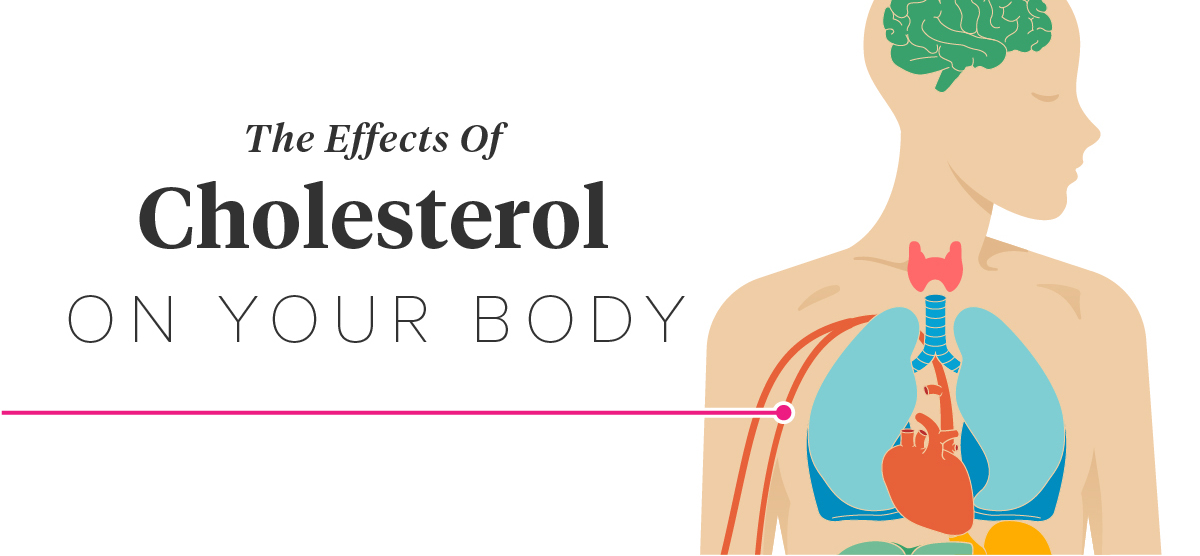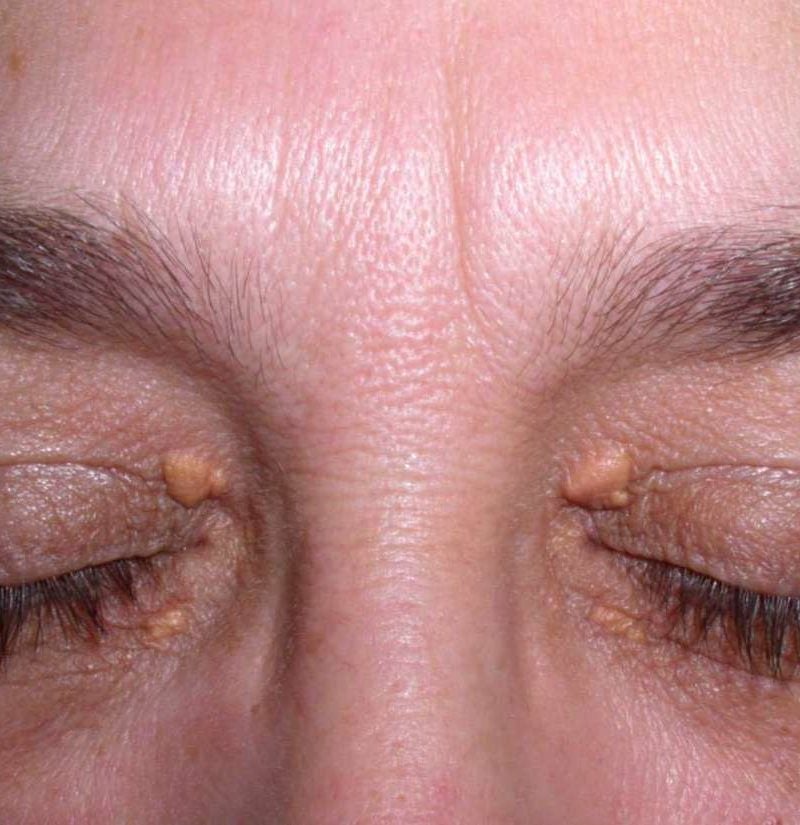Fatty deposits in liver information
Home » » Fatty deposits in liver informationYour Fatty deposits in liver images are ready in this website. Fatty deposits in liver are a topic that is being searched for and liked by netizens today. You can Download the Fatty deposits in liver files here. Get all royalty-free photos.
If you’re searching for fatty deposits in liver images information related to the fatty deposits in liver interest, you have come to the right blog. Our website frequently gives you suggestions for refferencing the highest quality video and image content, please kindly surf and find more enlightening video articles and graphics that match your interests.
Fatty Deposits In Liver. This is estimated to affect up to 5% of the uk population It becomes a problem when fat reaches 5% to 10% of your liver’s weight. A healthy liver contains a small amount of fat. These deposits may keep your liver from doing a good job of removing toxins from your blood.
 The Effects of Cholesterol on the Body From healthline.com
The Effects of Cholesterol on the Body From healthline.com
A fatty liver shows up as a bright echo on ultrasound, and this can obscure the subtle coarse echo that indicates fibrosis/cirrhosis. Liver nodules should be characterised with regard to underlying liver condition, mri characteristics and contrast enhancement pattern, including hepatobiliary phase. In most cases these fatty deposits are considered benign and are reversible. Liver fat is different from body fat. By themselves, fatty deposits in the liver are relatively harmless but may indicate that other conditions exist that could lead to inflammation and scarring of the liver. This is estimated to affect up to 5% of the uk population
This leads to fat deposits in the liver and over time impairs the function of the mitochondria—both risk factors for the development of hepatic.
Fatty liver, or hepatic steatosis, is a broad term that describes the buildup of fats in the liver. By itself fatty deposits in the liver are relatively harmless but left unchecked could lead to inflammation and scarring of the liver. A healthy liver contains a small amount of fat. However, it can also occur in association with a wide range of toxins, drugs, and diseases, such. Too much fat in the liver can cause liver inflammation and liver damage. Fatty deposits on the liver refer to additional fatty tissue which takes up residence on the liver itself or in the liver’s cells.
 Source: niehs.nih.gov
Source: niehs.nih.gov
By themselves, fatty deposits in the liver are relatively harmless but may indicate that other conditions exist that could lead to inflammation and scarring of the liver. This leads to fat deposits in the liver and over time impairs the function of the mitochondria—both risk factors for the development of hepatic. Fatty liver, or hepatic steatosis, is a broad term that describes the buildup of fats in the liver. In many cases, identification of fatty content may help narrowing the differential diagnosis. Liver nodules should be characterised with regard to underlying liver condition, mri characteristics and contrast enhancement pattern, including hepatobiliary phase.
 Source: iriscope.org
Source: iriscope.org
This leads to the formation of fatty deposits in the liver and, over time, impairs the function of the mitochondria, both risk factors for the development of hepatic insulin resistance and inflammation of the liver. In most cases these fatty deposits are considered benign and are reversible. Fatty liver disease (steatosis) is a common condition caused by having too much fat build up in your liver. Liver fat is different from body fat. Fatty liver is the first abnormal stage in the liver disease spectrum and simply means there is a specific type of fat called triglycerides accumulating in the liver cells.
 Source: fabhow.com
Source: fabhow.com
A fatty liver shows up as a bright echo on ultrasound, and this can obscure the subtle coarse echo that indicates fibrosis/cirrhosis. A fatty liver shows up as a bright echo on ultrasound, and this can obscure the subtle coarse echo that indicates fibrosis/cirrhosis. In most cases these fatty deposits are considered benign and are reversible. It usually doesn’t cause any symptoms and is often first detected by accident when an imaging study (such as an abdominal ultrasound, ct scan, or mri) is requested for another reason. It becomes a problem when fat reaches 5% to 10% of your liver’s weight.
 Source: theayurveda.org
Source: theayurveda.org
A fatty liver shows up as a bright echo on ultrasound, and this can obscure the subtle coarse echo that indicates fibrosis/cirrhosis. By themselves, fatty deposits in the liver are relatively harmless but may indicate that other conditions exist that could lead to inflammation and scarring of the liver. There is talk of an imbalance between energy intake and consumption as a cause of the disease. When fatty liver disease occurs in persons. Too much fat in the liver can cause liver inflammation and liver damage.
 Source: medicalnewstoday.com
Source: medicalnewstoday.com
When fatty liver disease occurs in persons. In many cases, identification of fatty content may help narrowing the differential diagnosis. This can be caused by eating a fatty diet, drinking alcohol, taking certain medications, and sometimes pregnancy. This leads to fat deposits in the liver and over time impairs the function of the mitochondria—both risk factors for the development of hepatic. There is talk of an imbalance between energy intake and consumption as a cause of the disease.
 Source: healthline.com
Source: healthline.com
For most people, fatty liver is a benign, symptomless condition that�s sometimes detected incidentally when blood work reveals a mild increase in liver enzymes, or a gallbladder ultrasound picks up fatty deposits in the liver. A fatty liver shows up as a bright echo on ultrasound, and this can obscure the subtle coarse echo that indicates fibrosis/cirrhosis. Fatty liver is the first abnormal stage in the liver disease spectrum and simply means there is a specific type of fat called triglycerides accumulating in the liver cells. Fatty deposits on the liver refer to additional fatty tissue which takes up residence on the liver itself or in the liver’s cells. It usually doesn’t cause any symptoms and is often first detected by accident when an imaging study (such as an abdominal ultrasound, ct scan, or mri) is requested for another reason.
 Source: iriscope.org
Source: iriscope.org
Fatty liver is the first abnormal stage in the liver disease spectrum and simply means there is a specific type of fat called triglycerides accumulating in the liver cells. This leads to fat deposits in the liver and over time impairs the function of the mitochondria—both risk factors for the development of hepatic. Liver fat is different from body fat. This leads to the formation of fatty deposits in the liver and, over time, impairs the function of the mitochondria, both risk factors for the development of hepatic insulin resistance and inflammation of the liver. Fatty liver, or hepatic steatosis, is a broad term that describes the buildup of fats in the liver.
This site is an open community for users to share their favorite wallpapers on the internet, all images or pictures in this website are for personal wallpaper use only, it is stricly prohibited to use this wallpaper for commercial purposes, if you are the author and find this image is shared without your permission, please kindly raise a DMCA report to Us.
If you find this site serviceableness, please support us by sharing this posts to your preference social media accounts like Facebook, Instagram and so on or you can also bookmark this blog page with the title fatty deposits in liver by using Ctrl + D for devices a laptop with a Windows operating system or Command + D for laptops with an Apple operating system. If you use a smartphone, you can also use the drawer menu of the browser you are using. Whether it’s a Windows, Mac, iOS or Android operating system, you will still be able to bookmark this website.
Category
Related By Category
- Cheap dog grooming information
- Best car restoration information
- All car restorations information
- Buy dog clothes online information
- Causes for childhood obesity information
- First aid courses london information
- Dream interpretation worms information
- First aid course toronto information
- Dash diet summary information
- Flatulence foods information